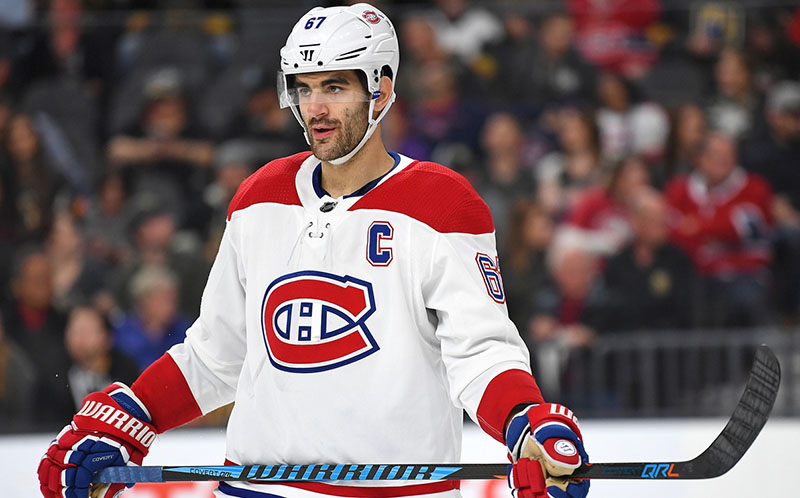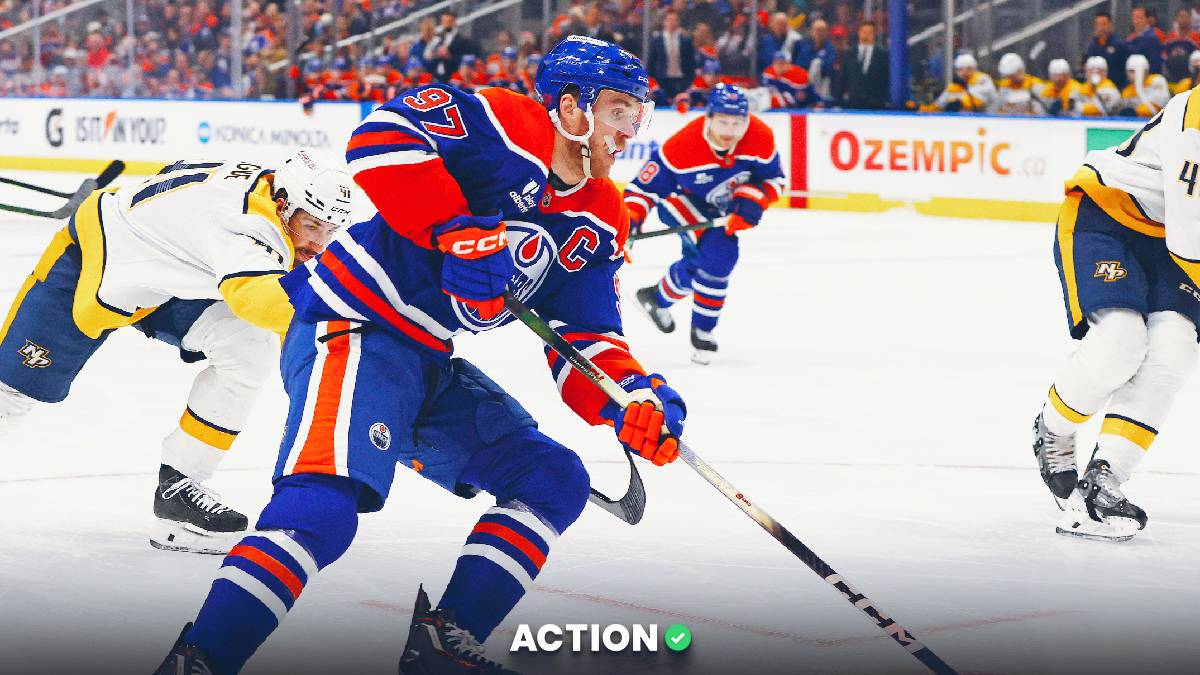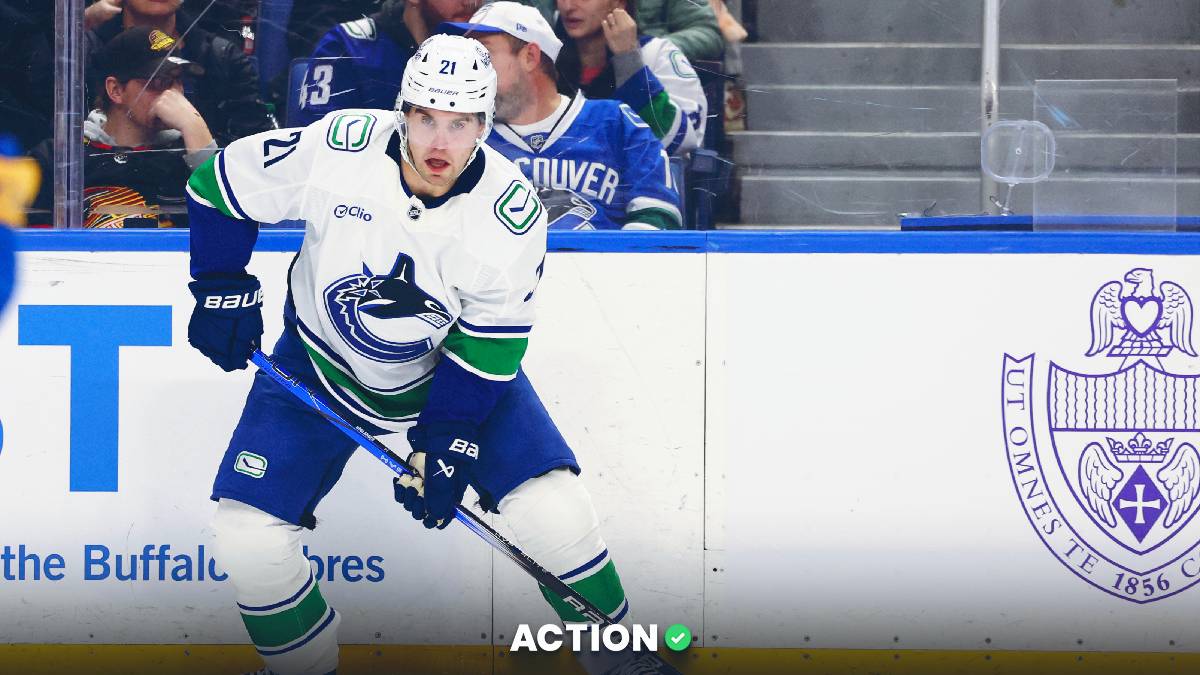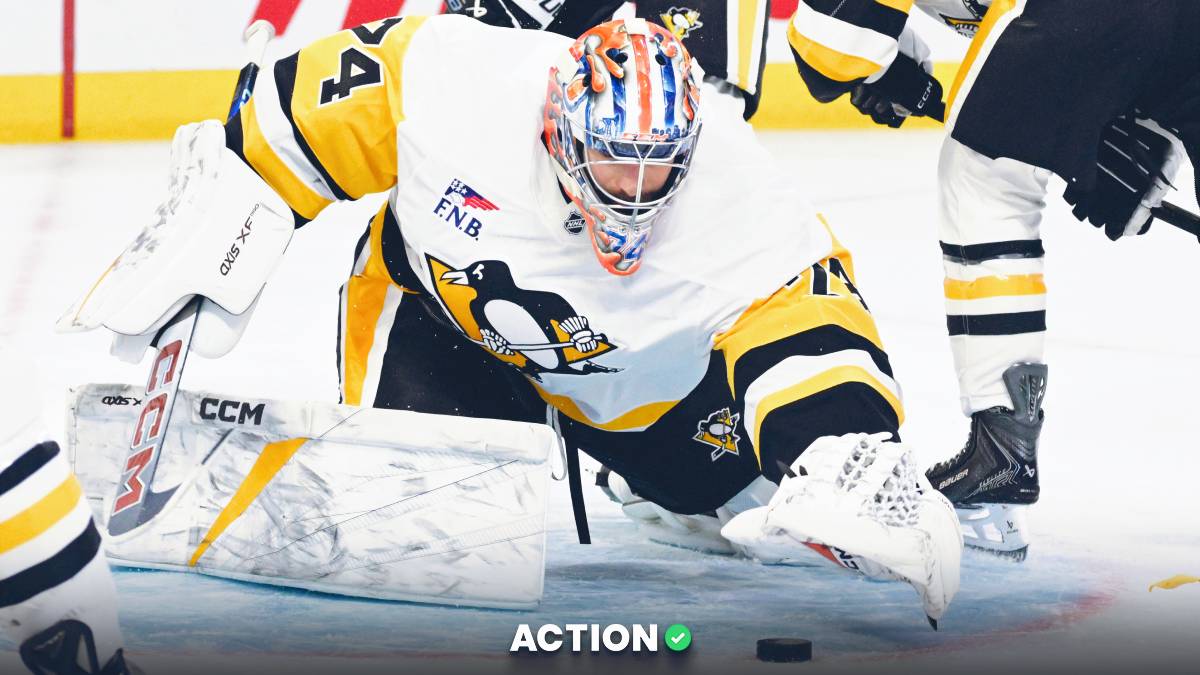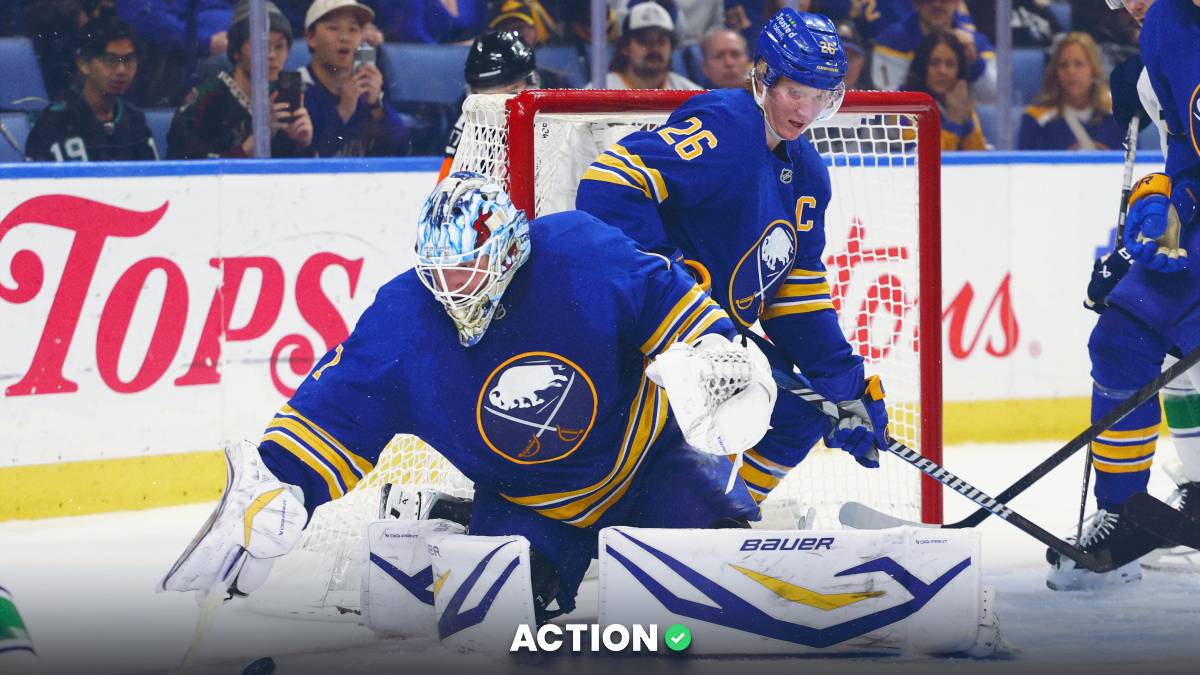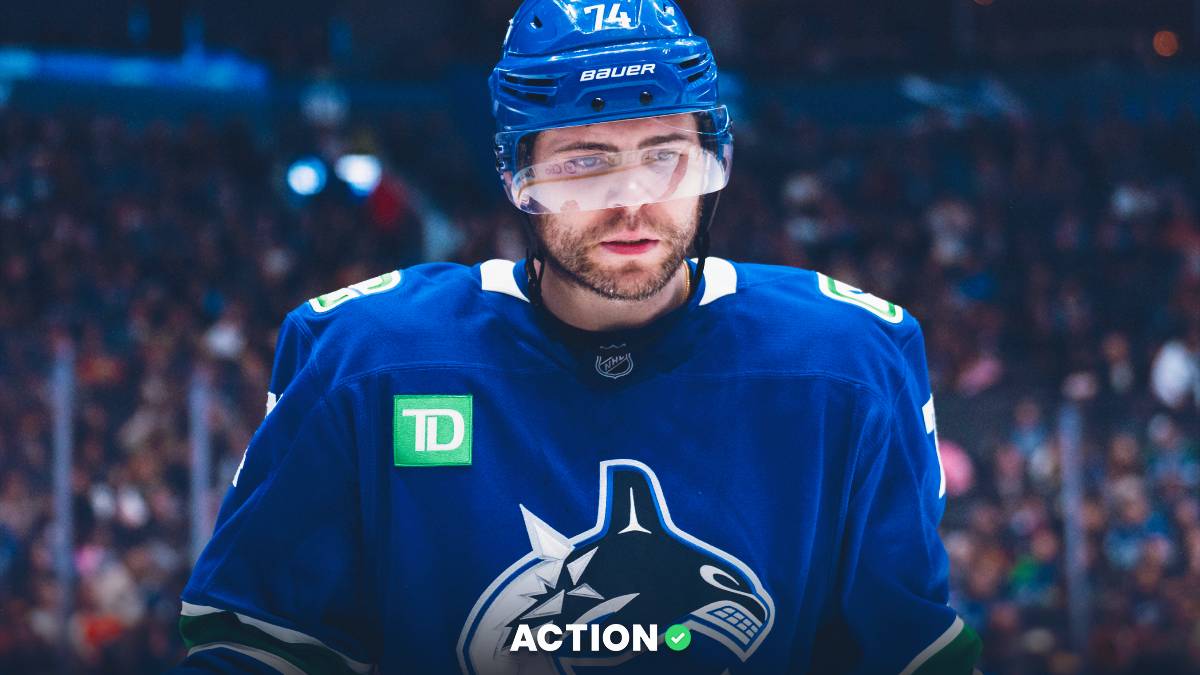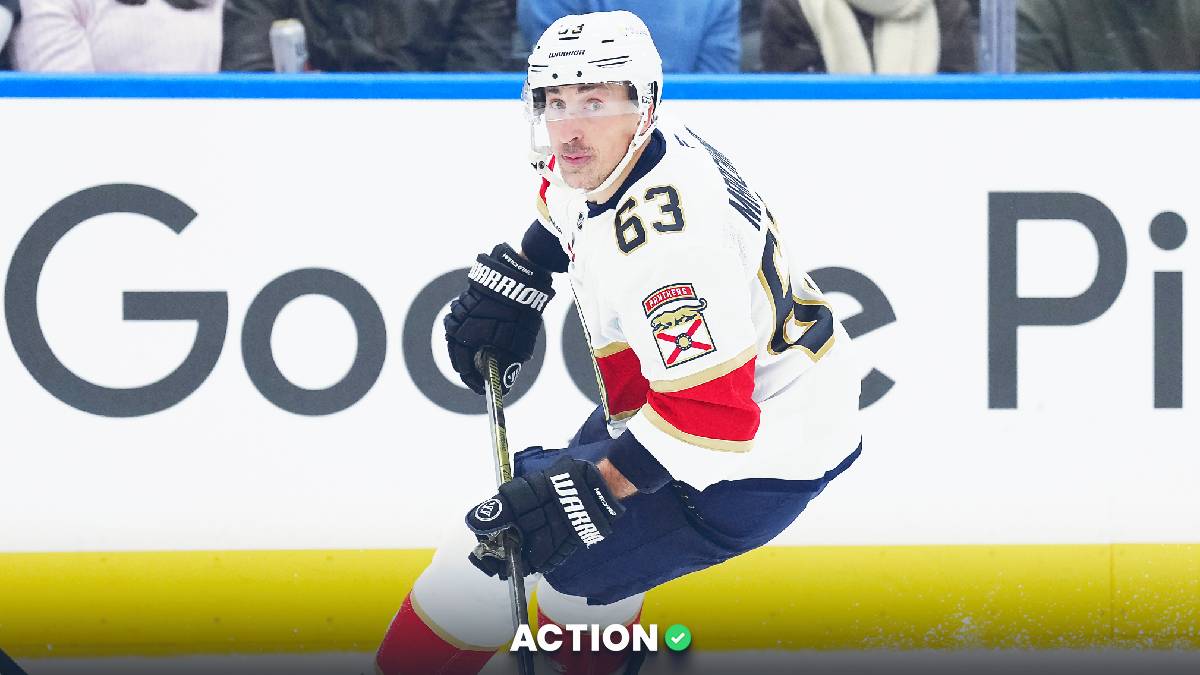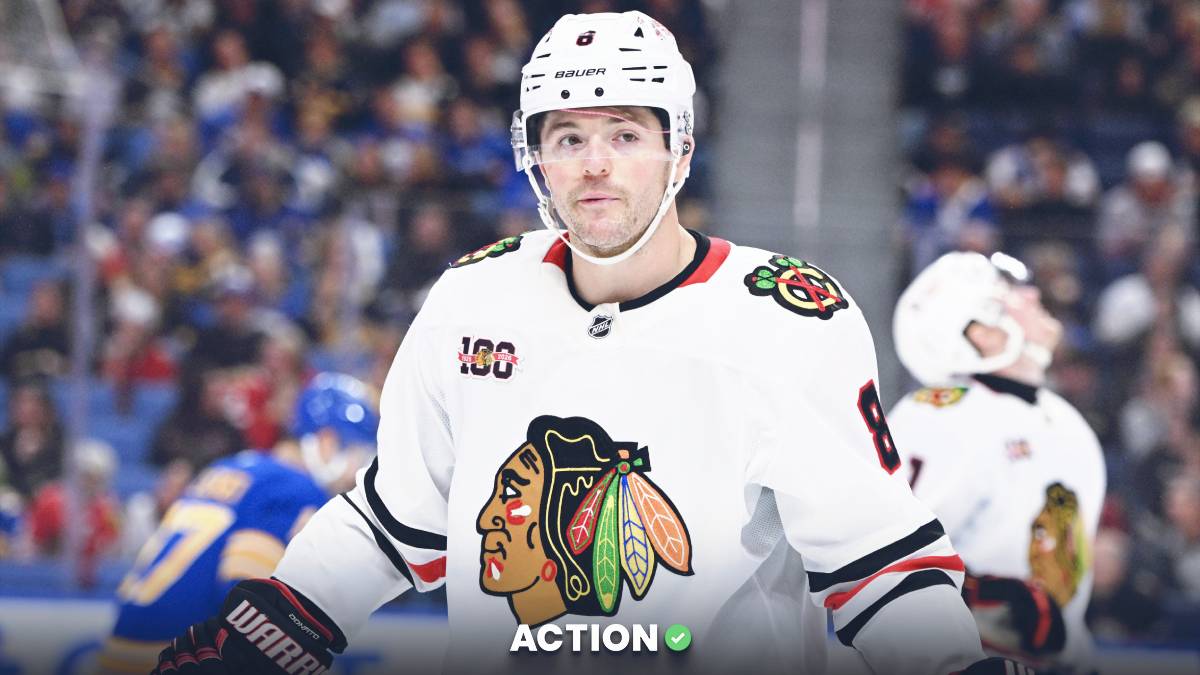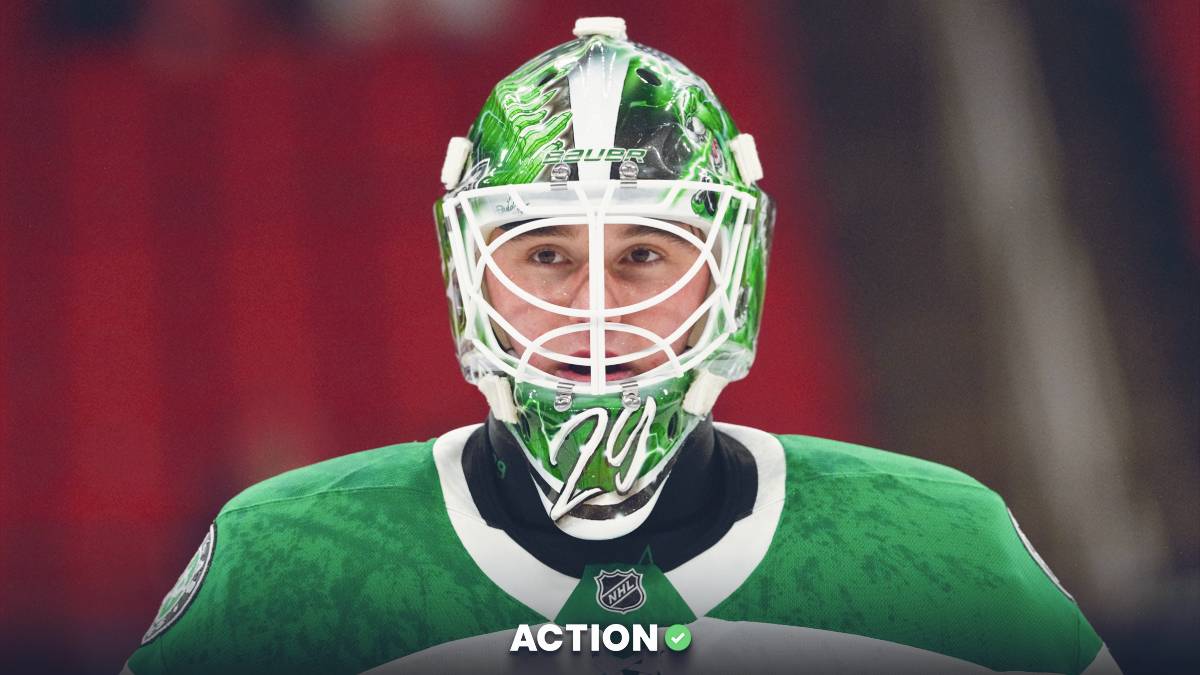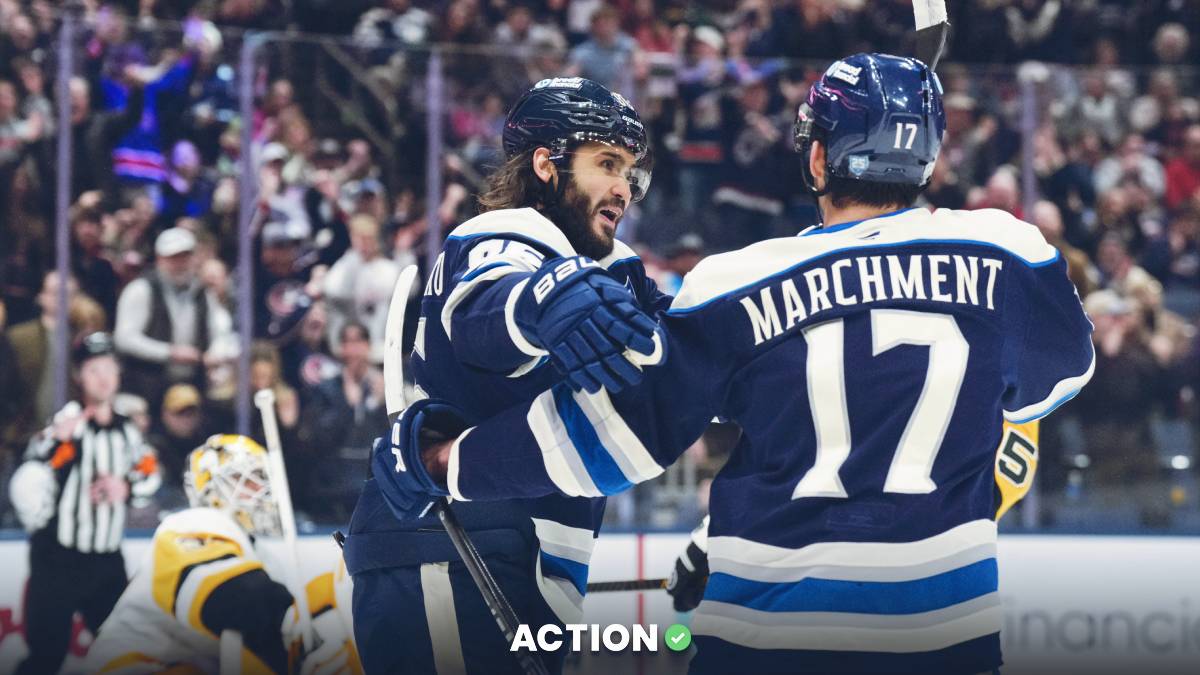The NHL trade deadline is a funny spectacle. Talk of deadline deals really starts the moment the draft ends in June. That means we go about eight months dreaming up trade scenarios that don't happen.
Last year's deadline was a big disappointment in terms of drama, as the pundits at TSN and Sportsnet spent most of the day talking about why there were so few deals. That made for great TV.
One reason that the deadline flubs these days is because of the NHL's asinine point system that "promotes parity." Just take a look of the number of teams that fancy themselves sellers against the ones that are ready to cash in and get ready for 2018-19. Thanks, Bettman.
Ovi: 'Thanks Bettman': https://t.co/3CK3fbACmZpic.twitter.com/8JRf1QEWh7
— TSN (@TSN_Sports) February 13, 2018
Buyers: Tampa Bay Lightning, Boston Bruins, Toronto Maple Leafs, Washington Capitals, Pittsburgh Penguins, Philadelphia Flyers, New Jersey Devils, New York Islanders, Carolina Hurricanes, Columbus Blue Jackets, Vegas Golden Knights, Winnipeg Jets, Nashville Predators, St. Louis Blues, Dallas Stars, San Jose Sharks, Calgary Flames, Minnesota Wild, Anaheim Ducks, Los Angeles Kings
Sellers: Detroit Red Wings, New York Rangers, Montreal Canadiens, Buffalo Sabres, Ottawa Senators, Chicago Blackhawks, Vancouver Canucks, Edmonton Oilers, Arizona Coyotes
Purgatory: Florida Panthers, Colorado Avalanche
Often, the deals that elevate teams from in the mix to legitimate playoff threat are the under-the-radar moves to shore up depth. Last year, the Capitals made the biggest splash in the rental market by acquiring Kevin Shattenkirk from the Blues for a big haul. How did it work out? Well, the Caps continued their tradition of winning the Presidents' Trophy only to get bounced by Pittsburgh in the second round.
Pittsburgh, on the other hand, made some minor moves, like trading for whatever was left of Mark Streit, to provide some cover on the back end.
This year there are plenty of big names being tossed around, but everyone knows what someone like all-world defenseman Erik Karlsson could do for a team, so let's not waste any more column inches there.
Rather, the focus of this piece will be on players who could realistically move before Monday's deadline and what they will mean to their new teams and the betting market going forward.
Note: All stats as of Feb. 22.
The Needle Movers
Evander Kane, Buffalo Sabres
Even though Buffalo is horrible (second-fewest points in the league), Kane has found a way to put himself in the shop window with a great season. He ticks all the boxes of a great deadline acquisition on the ice, though he's had some off-ice issues that could foolishly scare off a team or two that could use a really good player who is motivated in his walk year.
The 26-year-old winger is third in the NHL with 157 shots at 5-on-5, and he ranks 15th with 247 5-on-5 shot attempts. These aren't just shots from outside the zone padding his stats, either. Kane is tied for 12th in the NHL with 65 individual high-danger chances at 5-on-5.
In total, Kane has 19 goals and 20 assists. Nine of his goals have come at 5-on-5 where he's shooting 5.73%, which is the second-lowest mark of his career so far, so he could be in line for an uptick there. He also is a 50% Corsi on a team that has hovered around 47% all season.
Kane is the type of needle-moving rental that could complete a top six. Whatever team acquires the former No. 4 overall pick will likely see its Stanley Cup odds shorten immediately.
Rick Nash, New York Rangers
Editor's note: The Rangers traded Nash to the Bruins on Sunday.
Nash may have a reputation as a goal scorer, but the truth is that the former Rocket Richard Trophy winner is a two-way player and an effective penalty killer.
Even if he isn't scoring goals at the rate we expected him to, Nash is tied for fifth in the NHL with 70 high-danger scoring chances at 5-on-5 and is driving play very well on the second-worst possession team in the NHL. When Nash is on the ice, the Rangers are averaging 4.7 more shot attempts than their opponents. Individually, Nash is averaging 11.66 shots per 60 minutes, which ranks fourth in the league.
He may not be as dynamic as Kane at this point, but Nash is basically good at everything and will be a big help to a team that could use a second-line winger. Because he is a "household name," money will come in on whatever team acquires the No. 1 overall pick in the 2002 draft. He may not be the most dynamic player in the league, but he will make a team stronger in every facet of the game.
According to Bodog, Nash is -300 to get dealt and +200 to stay with the Rangers past the deadline. There's no sense in laying that price, but I can't imagine a situation in which the Rangers can't move him by Monday.
Update: The Rangers moved Nash to the Boston Bruins on Sunday morning. Interestingly, the Bruins gave up Ryan Spooner, an effective middle-six player in his own right, as part of the package to get Nash. Does the acquisition of Nash and subtraction make the B's better? Debatable.
Max Pacioretty, Montreal Canadiens
Pacioretty can look you right in the eyes and honestly claim, "I am the unluckiest player in the league." The truth is that Canadiens' captain has been cruelly snakebitten this year.
In nearly 13 hours of 5-on-5 playing time, Pacioretty has six goals on 123 shots (4.88%). At some point, the 29-year-old winger is going to get hot, and that could happen for a team other than the Habs.
This is a talented two-way winger who can and will play in all situations. Pacioretty could turn a good top six into a great one and should be near the top of every general manager's list of targets this deadline.
Pacioretty may actually fly under the radar compared to the other names on this list as far as market perception. Sure, hockey people know he's a good player, but his overall game is underrated; his poor puck luck may cause some to believe his skill set has declined. This would be a seriously good get for any team that acquires him, and if the market doesn't adjust accordingly, it could provide an opportunity for future speculators.
According to Bodog, Pacioretty is listed at +200 to get moved and -300 to stay put. Those odds seem fair, as it will be hard to the Habs to maximize his value in the midst of a "down" year.
Derick Brassard, Ottawa Senators
It seems like the price for Brassard is probably too high for him to move at the deadline, but teams are always looking for talented centers, and he is really the only bona fide pivot on the market. If a team really wants to strengthen its spine, it'll need to pay up, but that's how this thing works.
The 30-year-old Brassard has been effective again this year and is a positive possession player on a really bad team. On most teams, the former No. 6 overall pick would be the ideal second-line center, but he could also play on the third line for a team that's already deep down the middle.
Because he's a center and because he's good, Brassard is going to move numbers if he gets dealt. Of all the names on this list, he feels like the most like a "final piece" for a contender.
Update: Brassard was dealt to the Pittsburgh Penguins on Saturday. The Penguins will likely slot him in as a third-line center behind Sidney Crosby and Evgeni Malkin. On most teams, Brassard would be a really good second-line pivot, but in Pittsburgh he will be a fantastic third-line center. The rich get richer.
Under the Radar
Mike Hoffman, Ottawa Senators
No team looking to hoist the Stanley Cup can have enough creative forces, and Hoffman can do it in a variety of ways. The 28-year-old has great wheels and a terrific shot, making him a one-man wrecking crew when he's going well.
Over the last two seasons, Hoffman is averaging 1.46 primary (goals + first assists) points per 60 minutes and owns a 2.3 Relative Corsi For at 5-on-5.
The Senators seem hell-bent on tearing this thing down, so even though Hoffman still has two years at just over $5 million remaining on his deal, he is being shopped around and could be a really good fit on any team because of his versatility.
Bodog has Hoffman listed at +150 to be moved and -200 to stay with Ottawa. I believe a lot of teams will be in on Hoffman as the deadline nears and think taking a shot on the plus money is a decent dart.
Patrick Maroon, Edmonton Oilers
Maroon is a polarizing figure in the hockey community. The big winger has produced in Alberta, but he's done it riding shotgun for Connor McDavid, so there are questions about whether his success is really his.
Obviously things look better for Maroon when he is playing with McDavid, but his results without the NHL's reigning MVP are pretty good. Since 2016, Maroon has operated above 52% Corsi without McDavid. Those numbers have dipped this season, but then again, so have the Oilers.
Any team acquiring Maroon is getting a middle-six winger with scoring tendencies that has a proven track record in the postseason. Plus, the narrative that Maroon is a mirage created by McDavid may end up driving the price down for the team that acquires him.
Maroon is listed at +100 to get dealt and -140 to stay with Edmonton. Like Hoffman, I think almost every contender will at least inquire about Maroon's services and believe his chances of being moved are greater than 50%, so there's value on the "Yes." Update: Maroon's odds are no longer up on Bodog, so something may be up here! Fun!
Subtraction by Addition
Luke Glendening, Detroit Red Wings
For some reason, contenders have been chasing Glendening over the past couple of weeks. Around this time of year, general managers love to talk about acquiring gritty players who can handle the grind of a playoff march, but just because a player can grow a beard and lose a tooth doesn't mean he will make your team better. That's where we're at with the 28-year-old center.
Glendening may be the type of player coaches love, but he has never scored more than 12 goals or cracked the 22-point mark in a season in his career. His life isn't made very easy by his coaches, as Glendening has started 65% of his shifts in the defensive zone, but his team doesn't do well when he's on the ice. In his 340-game career, Glendening is a 44% Corsi player, and the Red Wings have allowed 9.1 more shots against per 60 minutes than they've taken.
The trade deadline makes teams do silly things, and giving up anything for a player who could very well make your team worse is certainly an odd possibility.
Lance Bouma, Chicago Blackhawks
The Blackhawks are going to get whatever they can for any of their nonessential parts, and that is a perfect description of Bouma.
Over his last 158 games, the 27-year-old center has eight goals, 15 assists and a -4.44 Relative Corsi. But there is probably a general manager out there who sees Bouma as the perfect bottom-line center for his playoff team.
Josh Gorges, Buffalo Sabres
By all accounts, Gorges is a consummate professional. He's made a career out of working his tail off and doing whatever it takes to keep his opponents from scoring. Unfortunately, that's about where it begins and ends for the 33-year-old rearguard.
When Gorges is on the ice, the puck is usually heading toward the Sabres' goal. He's a 43.1% Corsi this year and has recorded only a pair of assists in 26 games. Over his last 215 games, the Kelowna, British Columbia, native has three goals, 23 assists, and a Corsi rating of 43.8%.
He may be tough, but there's no way a team with Stanley Cup aspirations should be looking to add Gorges to its defense.
Top Photo: Max Pacioretty
Credit: Stephen R. Sylvanie, USA Today


